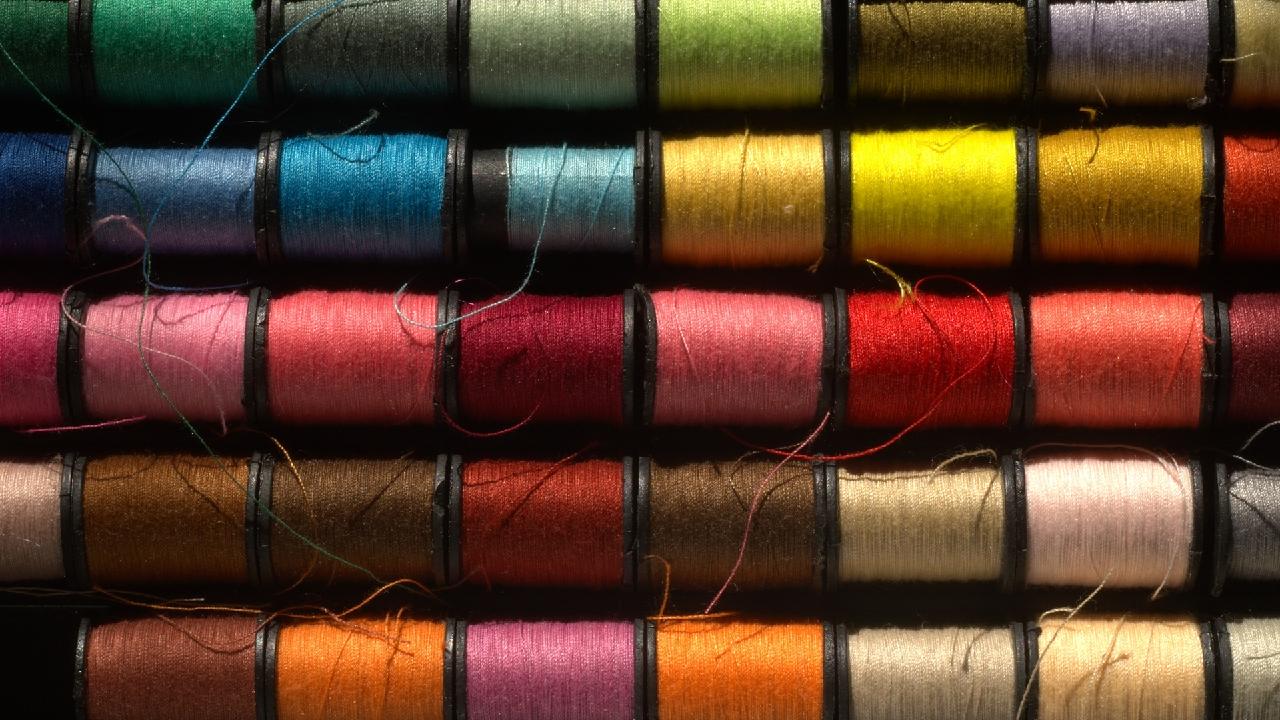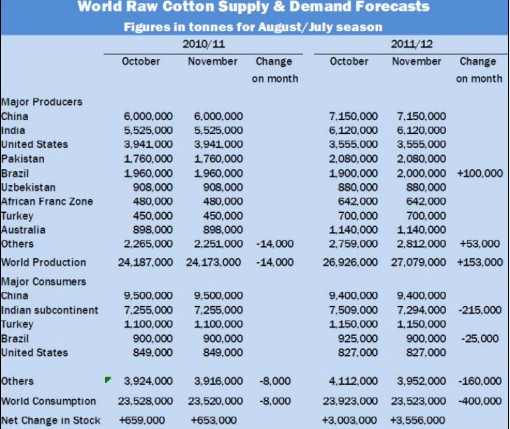|
China textile industry reversed the downward trend and maintained rapid growth in Jan.-Feb. 2010, owing to favorable global economic conditions. According to China Customs, the import and export value of Chinese textile and garment totaled $31.368 billion in Jan.-Feb. 2010, up 4.87 per cent y/y. Of which, exports value amounted to $28.974 billion, up 29.07 per cent y/y; imports value amounted to $2.394 billion, up 14.62 per cent y/y.
General trade continued domination Value of textile export and apparel export under general trade continued domination (accounting for 78.23 and 73.95 of the total) and maintained growth rates of 2.73 per cent and 4.67 per cent respectively in Jan.-Feb., which reflects our export structure is quietly undergoing a welcome change: from the only low-value-added products, to high-tech products.
Value of textile export and apparel export under processing with imported materials accounted for 16.37% and 10.65% respectively. Under processing with supplied materials, the imported materials and parts are supplied by the foreign party which is also responsible for selling the finished products. The business enterprise does not have to make foreign exchange payment for the imports and only charges the foreign party a processing fee. The profit here is satisfying
Value of apparel export under processing with customers materials experienced negative growth in Jan.-Feb. 2010.
Collective-owned enterprises grew at fastest pace Textile export value of collective-owned enterprises accounted for 50.64 percent of China's total textile export value, up 5.71% y/y; apparel export value of collective-owned enterprises accounted for 46.97 percent of China's total apparel export value, up 6.18% y/y. On the other hand, textile export value of three types of foreign-funded enterprises accounted for 29.32 percent of China's total textile export value, down 15.61% y/y; apparel export value of three types of foreign-funded enterprises accounted for 30.84 percent of China's total apparel export value, down 9.95% y/y. Flexibility is a substantial part of the reason why collective-owned enterprises grew at fastest pace. They are able to handle ever-shortening product lifecycles and churn out products quickly and economically. Market shares in ASEAN up 74.01% From Jan. to Feb. 2010, China's textile and garment export to the United States, EU and Japan amounted to $14.519 billion, which accounted for 46.29 percent of China's total. Exports to the United States and EU increased both over 30% y/y. Exports to Japan remained the same as last year.
It is noted that on Jan. 1, China's Free Trade Agreement with ASEAN (CAFTA) came into effect, an important step for China's strategy that could spur multi-destination textile export. Under the FTA, the average tariff on goods from ASEAN countries to China is reduced from 9.8 percent to 0.1 percent. The six original ASEAN members -- Brunei, Indonesia, Malaysia, the Philippines, Singapore and Thailand -- slashed the average tariff on Chinese goods from 12.8 percent to 0.6 percent. From Jan. to Feb., China's accumulated textile and garment export value to ASEAN amounted to $1.887 billion, up 74.04% y/y. The China-ASEAN Free Trade Area, the world's largest free trade area of developing countries, covers a population of 1.9 billion and accounts for about 4.5 trillion U.S. dollars in trade volume. China-ASEAN free trade agreement could result in huge growth in bilateral trade between China and ASEAN. But it is not contradictory for China to enjoy the convenience of regional economic integrity by eliminating barriers of trade and investment, while still suffering from vulnerabilities inside the ASEAN countries. China remains globally competitive From Jan. to Feb., export price index of Chinese apparel was up 0.12% compared to the same period last year. Export competitiveness index for Chinese fabric and manufactured textile goods climbed up 13.44% and 3.6% respectively.
While some might think that textile and apparel manufacturing in China is becoming a sunset industry because of worker shortage and rising labour cost, we feel that China still provides a very viable site for the business, as international apparel brand owners still respect Chinese manufacturers because of their reliability and trustworthiness.
Most of enterprises believed that industrial upgrading and innovation are major areas that need to be worked upon in 2010. Advanced technology fulfills the essential preconditions for economically efficient production and will have brought new life to the textile industry.
Cotton and chemical fiber manufactured products still the main force Cotton and chemical fiber manufactured products are the most important export sectors. According to China Customs, in the Jan. to Feb. 2010 period, the exports of cotton manufactured products amounted to $11.159 billion, accounting for 35.57 percent of China's total, up 37.76 y/y; the exports of chemical fiber manufactured products amounted to $11.205 billion, accounting for 35.72 percent of China's total, up 78.11% y/y. Table 1. Chinese textile and apparel exports by materials from Jan. to Feb. 2010 (Unit:$100 million, )
|
||||||||||||||||||||||||||||||||||||||||
Collective-owned Enterprises Grew at Fastest Pace
Updated: 2010-4-12 Source: Texglobe-ÐÅÏ¢ÖÐÐÄ

Recommended News
Photo Gallery
Most Popular



